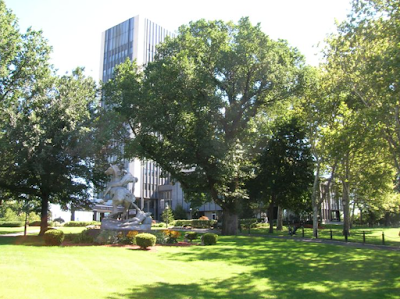 |
| Stevens Institute of Technology- Hoboken NJ |
Thank you for your careful revisions of Manuscript ID 2016-Oct-JCST-F-1101.R1 entitled "Data Modeling for Pre-Service Teachers and Everyone Else" which you submitted to the Journal of College Science Teaching. The reviewers have recently completed their evaluation of the your revised manuscript.
The response of our reviewers was positive. However, some of the reviewers feel that the impact of your work will benefit from additional modest modifications. Please consider making small changes in light of the comments and suggestions I've included below. Please make changes within the manuscript for the benefit of all future readers, rather than (solely) addressing questions and comments made by the reviewers.
To submit your revised manuscript, log into http://mc.manuscriptcentral.
You will be unable to make your revisions directly on the originally submitted version of the manuscript. Instead, revise your manuscript using a word processing program and save it on your computer. Once the revised manuscript is prepared, you can upload it and submit it through your Author Center. If you decline to make additional modifications, you can upload your existing revision as the new manuscript.
IMPORTANT: Your original files are available to you when you upload your revised manuscript. Please delete any redundant files before completing the submission.
We are always working to facilitate timely publication of manuscripts submitted to the Journal of College Science Teaching. Your revised manuscript should be uploaded as soon as possible. If it is not possible for you to submit your revision in a reasonable amount of time, we may consider your paper as a new submission.
Thank you for submitting your manuscript to the Journal of College Science Teaching, and for your patience in our review process.
Sincerely,
Editor-in-Chief, Journal of College Science Teaching
acutler@nsta.org
Reviewer(s)' Comments to Author:
Reviewer: 1
Comments to the Author
This article could be a nice short how-to piece on introducing the application of basic statistical concepts.
Reviewer: 3
Comments to the Author
The revisions have made the manuscript much better. The diagram added to the understanding of how measurements and data modeling were associated. I also like the theme of getting student away from the cookbook style of laboratory experiments and that the authors discussed the experiments they had students perform....
Reviewer: 2
Comments to the Author
Manuscript is well written and interesting to read.
The authors are making the assumption that the pre-service teachers in this study have a substantial background in science content. I understand that the pre-service teachers are in their senior year, but I think an understanding of their science and math background it important. I agree with the value of experiences, but pre-service teachers need to be able to couple content with their teaching.
I would like to see [more about]...the academic background of these pre-services teachers. I'm not suggesting a detailed profile, but a brief description of how many hours of life science, physical science, and math (statistics) they have completed as part of the teacher education program. In addition, how much laboratory exposure they have experienced as well. The authors can then make the argument that content coupled with pedagogy helps pre-service teachers understand how data modeling works.
This idea would make a good workshop topic for in-service teachers too. Especially with so many school districts challenged with implementing NGSS and the need to develop ways to teach science and address the standards.












